About Blog
In 5 Stars Scandinavia, you will learn about Scandinavian culture and history. This blog focuses on introducing popular foods which are part of Scandinavian culture. Also, the most beautiful places in these countries will be presented.
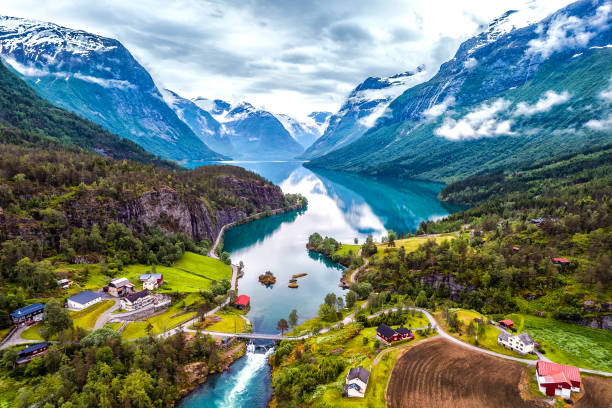
Norway
Norway, in Northern Europe, is known for its stunning landscapes, fjords, and high quality of life. It embraces its Viking heritage and is committed to environmental sustainability. With vibrant cities like Oslo and mesmerizing natural wonders like the Northern Lights, Norway captivates visitors with its charm and tranquility.
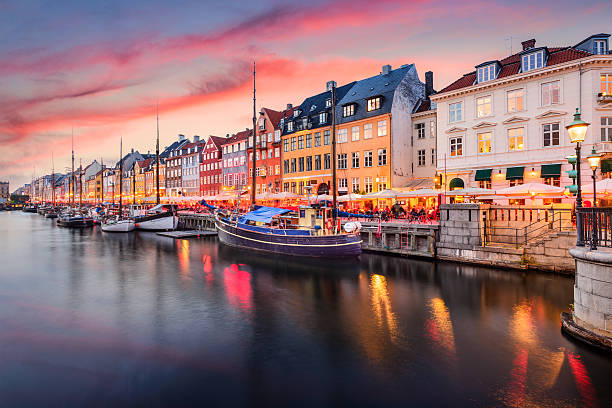
Denmark
Denmark, in Northern Europe, charms with history, coastal beauty, and a high quality of life. From vibrant cities to fairy-tale castles, it offers a delightful blend of tradition and innovation. Discover Danish hospitality and explore captivating landscapes.
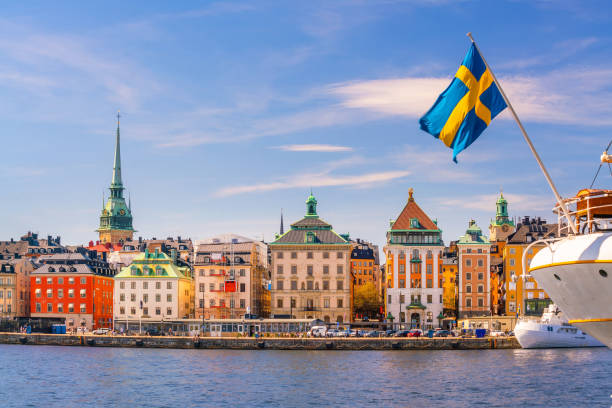
Sweden
Sweden, in Northern Europe, offers captivating landscapes, rich heritage, and a high quality of life. From picturesque countryside to innovative design, it combines natural beauty with modern sophistication. With vibrant cities like Stockholm and the enchanting Swedish Lapland, Sweden is a must-visit destination.
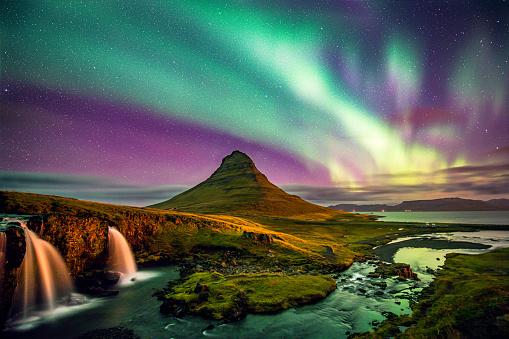
Iceland
Iceland, a Nordic island nation, captivates with its dramatic landscapes, geothermal wonders, and rich Viking heritage. From volcanoes to Northern Lights, it offers an unforgettable adventure.
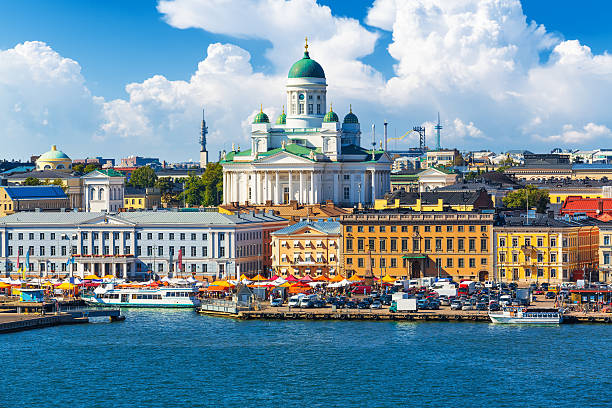
Finland
Finland, in Northern Europe, captivates with stunning landscapes, vibrant culture, and high quality of life. From pristine lakes to iconic design, it offers a unique blend of nature and innovation. Experience the magic of the Midnight Sun and immerse yourself in Finnish traditions for an unforgettable adventure.
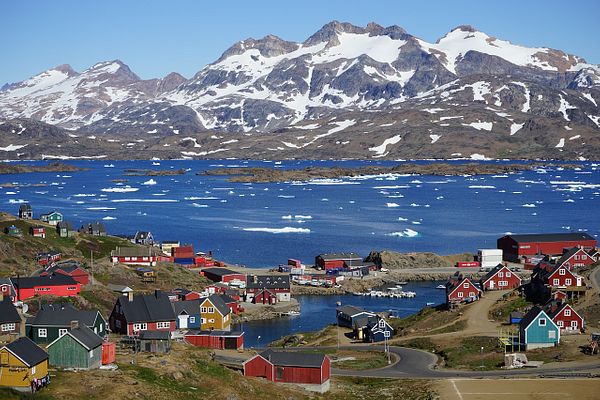
Greenland
Greenland, the world's largest island, captivates with its vast icy landscapes and untouched wilderness. It offers a unique blend of breathtaking glaciers, picturesque fjords, and a rich Inuit culture. Greenland is an Arctic paradise, inviting adventurers to experience the raw beauty of its untamed nature.
Suggestions
As a tourist, there are several locations in Scandinavia worth visiting. Here are some suggestions:
- Stockholm, Sweden: Explore the beautiful capital city with its charming old town, Gamla Stan, visit the impressive Royal Palace, and take a boat tour through the archipelago.
- Copenhagen, Denmark: Experience the vibrant atmosphere of Denmark’s capital, visit iconic landmarks like the Little Mermaid statue, stroll along the colorful Nyhavn waterfront, and explore the historic Tivoli Gardens.
- Oslo, Norway: Immerse yourself in the Norwegian capital’s rich cultural heritage by visiting the fascinating Viking Ship Museum, exploring the modern waterfront area of Aker Brygge, and enjoying the serene beauty of the nearby Oslofjord.
- Reykjavik, Iceland: Discover the unique charm of Iceland’s capital city, take a dip in the geothermal waters of the Blue Lagoon, explore the stunning Golden Circle route, and go on a thrilling adventure to witness the Northern Lights.
- Bergen, Norway: Visit the picturesque city of Bergen, surrounded by fjords and mountains, explore the UNESCO-listed Bryggen Wharf, ride the famous Fløibanen funicular for panoramic views, and embark on a scenic fjord cruise.
- Helsinki, Finland: Experience Finland’s vibrant capital, visit the stunning Helsinki Cathedral, explore the historic Suomenlinna Sea Fortress, and immerse yourself in Finnish design and culture at the Design District.
Remember, each location offers its own unique attractions and experiences, so choose based on your interests and preferences for a memorable trip to Scandinavia.
Certainly! Here is a more detailed overview of the history of Scandinavia:
- Prehistoric Era: The earliest evidence of human habitation in Scandinavia dates back to the end of the last Ice Age, around 12,000 BCE. During the Stone Age, nomadic hunter-gatherer societies inhabited the region. As the climate improved, they established semi-permanent settlements and developed tools made of stone, bone, and antler. The introduction of agriculture during the Neolithic period (around 4000 BCE) brought significant changes to the region.
- Viking Age: The Viking Age, from the late 8th century to the early 11th century CE, is a defining period in Scandinavian history. The Vikings, skilled seafarers and traders, explored and raided distant lands, reaching as far as North America, the Middle East, and Russia. They established settlements and trading posts, including the famous Norse settlements in Greenland and Vinland (possibly present-day Newfoundland).
- Medieval Period: In the Middle Ages, Scandinavian kingdoms emerged as powerful entities. The Kalmar Union, established in 1397, united Denmark, Norway, and Sweden under a single monarchy. This union aimed to counter German influence in the region and to promote economic cooperation. However, it also led to power struggles and conflicts among the member states.
- Reformation and Expansion: The Protestant Reformation, initiated by Martin Luther in the early 16th century, had a profound impact on Scandinavia. Denmark and Norway adopted Lutheranism as their state religion, while Sweden became Lutheran during the reign of Gustav Vasa in the early 16th century. The religious changes also prompted political reforms and increased centralization of power in each kingdom.
- Union Dissolution and Independence: The Kalmar Union eventually dissolved in 1523, leading to the emergence of independent nation-states. Denmark and Norway remained united until 1814 when Norway was ceded to Sweden after the Napoleonic Wars. Norway retained its own constitution and a degree of autonomy within the union until peacefully gaining full independence in 1905. Finland, previously under Swedish and later Russian rule, declared independence from Russia in 1917.
- Modern Times: The 19th and 20th centuries brought significant changes to Scandinavia. Industrialization and urbanization transformed the region’s economy and society. The countries focused on developing industries such as manufacturing, shipping, and timber. They also implemented social reforms and established the foundations of the welfare state, providing extensive social protections and public services.
Today, the Scandinavian countries are known for their democratic systems, high living standards, and strong emphasis on social welfare and sustainability. They continue to play active roles on the global stage, promoting peace, innovation, and environmental stewardship.
Scandinavian culture is rich and diverse, encompassing various elements that have gained international recognition. Here are some of the most famous aspects of Scandinavian culture:
- Norse Mythology: Norse mythology, rooted in ancient Scandinavian traditions, has gained widespread fame. Stories of gods such as Odin, Thor, and Loki, along with tales of epic battles and fantastical creatures, continue to captivate imaginations worldwide. Norse mythology has inspired numerous works of literature, art, and entertainment, including the popular Marvel Comics and Marvel Cinematic Universe adaptations featuring Thor and Loki.
- Viking Heritage: The Viking era, with its seafaring warriors and traders, has left an enduring legacy. The Vikings’ expeditions and conquests throughout Europe and beyond have been the subject of fascination. Their iconic longships, distinctive Norse runes, and the enduring image of Viking warriors have become symbols of Scandinavian heritage.
- Design and Architecture: Scandinavian design is renowned worldwide for its simplicity, functionality, and minimalist aesthetic. Influenced by the principles of form, craftsmanship, and practicality, Scandinavian design has left an indelible mark in fields such as furniture, architecture, and home decor. Design brands like IKEA, renowned for affordable and stylish furniture, have helped popularize Scandinavian design globally.
- Literature and Fairy Tales: Scandinavian literature has produced influential works that have gained international acclaim. From the timeless fairy tales of Hans Christian Andersen from Denmark to the masterpieces of Swedish authors like Astrid Lindgren and Stieg Larsson, Scandinavian literature has captured the hearts of readers around the world. Notable works include “The Little Mermaid,” “Pippi Longstocking,” and the “Millennium” series.
- Nordic Noir: Scandinavian crime fiction, often referred to as Nordic Noir, has achieved immense popularity. Authors such as Stieg Larsson, Henning Mankell, and Jo Nesbø have crafted gripping stories with dark and atmospheric settings. Their works, including “The Girl with the Dragon Tattoo” and the “Wallander” series, have been widely adapted into successful films and TV shows.
- Hygge and Lagom: Scandinavian lifestyle concepts have gained attention globally. Hygge, a Danish term emphasizing coziness, comfort, and a sense of well-being, has become popular as a way to embrace life’s simple pleasures. Lagom, a Swedish word meaning “just the right amount,” represents the idea of balance and moderation in various aspects of life, including work, leisure, and consumption.
These aspects, among others, contribute to the allure and fascination of Scandinavian culture, captivating people with their unique blend of history, mythology, design, and lifestyle.
Scandinavia offers a wealth of possibilities for a memorable vacation. Here are some highlights and activities to consider when planning your trip:
- Natural Beauty: Explore the stunning landscapes that Scandinavia has to offer. Visit Norway’s fjords, including the famous Geirangerfjord and the breathtaking Trolltunga. Explore Sweden’s picturesque archipelagos and vast forests, such as the Stockholm Archipelago and Abisko National Park. Experience Iceland’s geothermal wonders, including the Blue Lagoon and the Golden Circle.
- Cultural Heritage: Immerse yourself in the rich cultural heritage of Scandinavia. Discover the historic sites of Denmark, such as the castles of Frederiksborg and Kronborg (the inspiration for Shakespeare’s Hamlet). Explore Norway’s Viking history at the Viking Ship Museum in Oslo or visit Sweden’s ancient rune stones and medieval churches.
- City Exploration: Scandinavia’s vibrant cities offer a mix of modernity and tradition. Explore Copenhagen’s charming streets, visit the famous Tivoli Gardens, and indulge in Danish cuisine. Experience Stockholm’s beautiful old town, Gamla Stan, and visit its world-class museums. Discover Oslo’s modern architecture, including the iconic Oslo Opera House, and enjoy its vibrant food scene.
- Outdoor Activities: Scandinavia is a paradise for outdoor enthusiasts. Try hiking in Norway’s stunning national parks, skiing in Sweden’s renowned resorts, or exploring Iceland’s glaciers and volcanoes. Go kayaking in Finland’s thousands of lakes or enjoy fishing and wildlife spotting in the remote areas of the region.
- Northern Lights: Experience the awe-inspiring Northern Lights in Scandinavia’s northernmost regions, such as Tromsø in Norway or Abisko in Sweden. Witness the dancing colors of the Aurora Borealis in the dark winter skies for an unforgettable and magical experience.
- Scandinavian Cuisine: Sample the delicious and unique flavors of Scandinavian cuisine. Indulge in Swedish meatballs, Danish pastries, Norwegian salmon, and Icelandic seafood. Explore local markets and try traditional dishes like reindeer meat or Finnish Karelian pies.
Remember to plan your trip according to the season and your interests, as Scandinavia offers diverse experiences throughout the year. Whether you seek natural beauty, cultural exploration, outdoor adventures, or culinary delights, Scandinavia is sure to provide an unforgettable vacation experience.
Our Friends